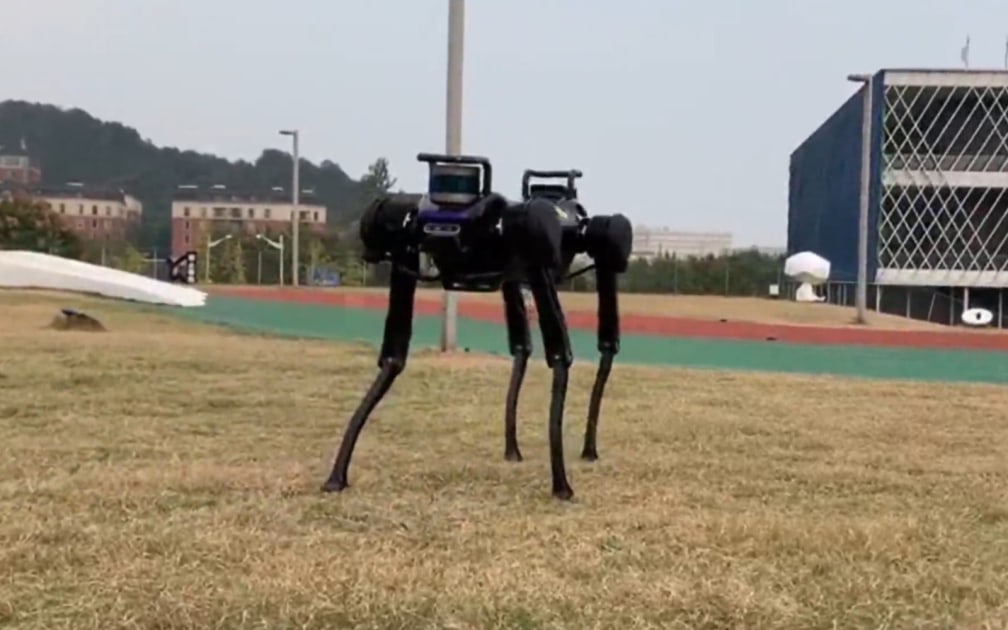At one point, you learned how to pick yourself up after falling and finally how to walk on your own feet. You probably had encouragement from your parents, but you mostly learned through trial and error. This is not how robots like Spot and Atlas from Boston Dynamics learn to walk and dance. They are carefully coded to tackle the tasks we give them. The results can be impressive, but they may also not be able to adapt to situations that are not covered by their software. A joint team of researchers from Zhejiang University and the University of Edinburgh claim they have developed a better way.

Yang et al
In a recent article published in the magazine Science Robotics, they outlined an AI reinforcement approach they used to enable their canine robot, Jueying, to learn to walk and recover from falls on their own. The team told Wired they first trained software that could run a virtual version of the robot. It consisted of eight AI experts who trained them to master a specific skill. One, for example, walked smoothly, while another learned how to balance. Each time the digital robot successfully completed a task, the team rewarded it with a virtual point. If this all sounds familiar, it’s because it’s the same approach Google recently used to train its groundbreaking MuZero algorithm
